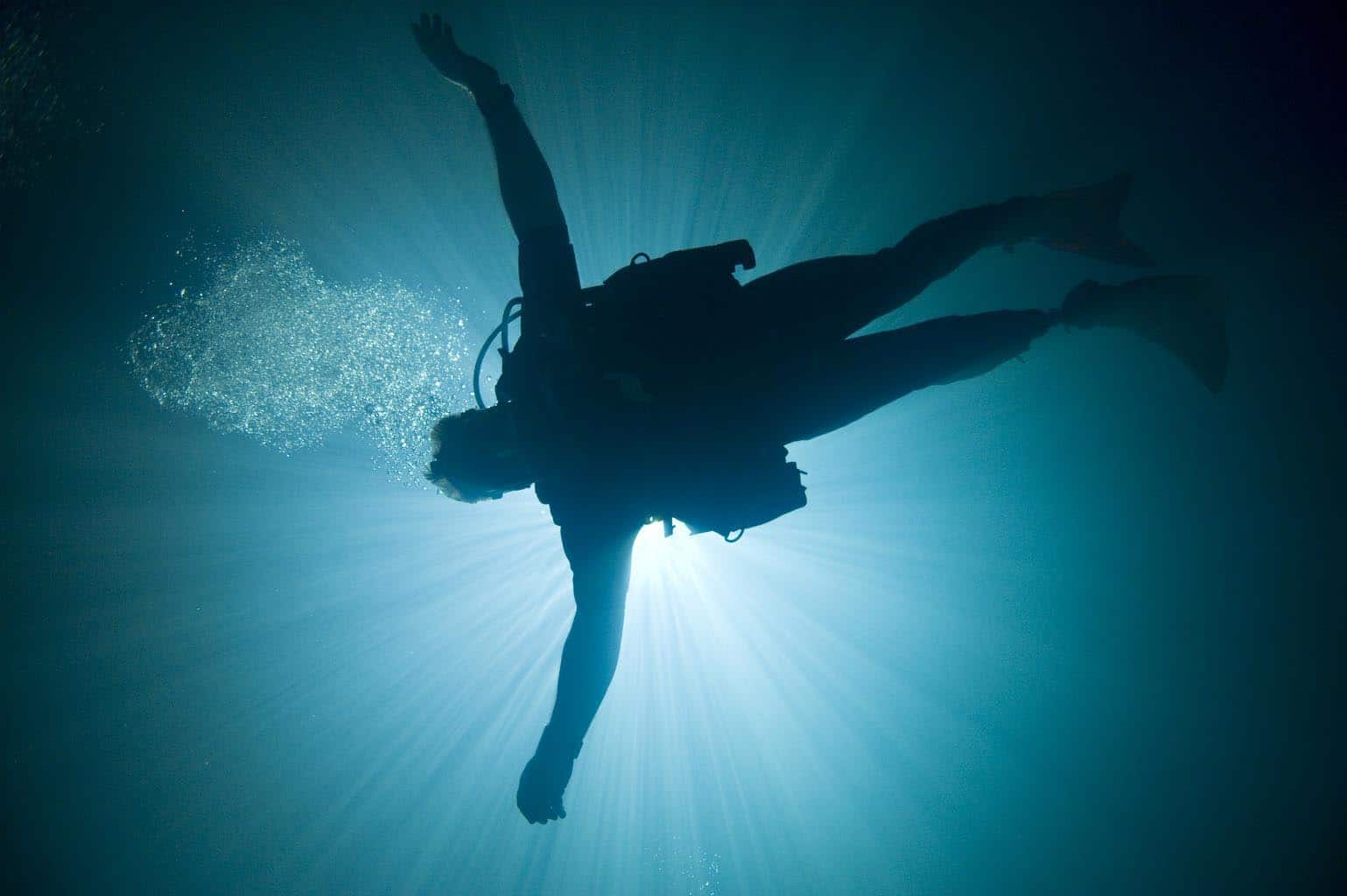CO2 build up is a significant factor in narcosys.
However this can be prevented with the proper breathing technique, which used to be thaught carefully in Cmas courses, when max recreational depth was 54-60 meters (depending on country).
I understand that PADI-trained divers are simply thaught to "breath normally" and to never hold their breath. This results in shallow and quick breathing, which consumes a lot of air whilst providing poor ventilation to alveoli.
Deep air divers instead were thaught to use a very slow and ample ventilation pattern, employing at least 3/4 of the total vital capacity and emptying carefully the lungs for expelling CO2. And to keep a short inspiratory pause, which maximizes gas exhange as you give more time to CO2 to be released in a phase of the respiratory cycle when lungs are expanded, providing the larger exchange surface and the larger pressure gradient.
Divers trained to this kind of breathing consume less air and are almost immune from the CO2 accumulation problem. This is also a good way of reducing narchosis.




